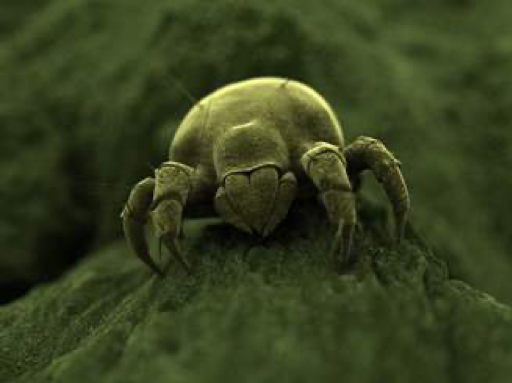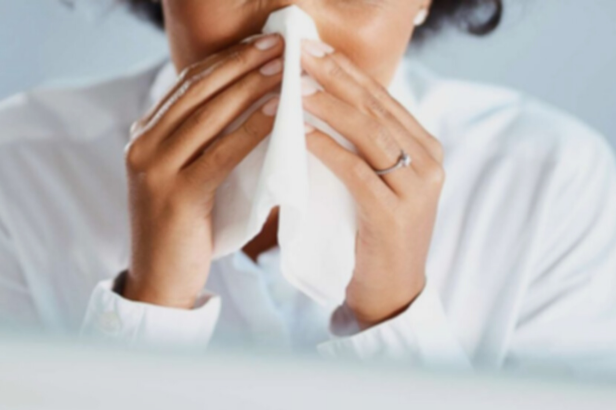Dust mites as tiny arthropods that are nearly invisible to the naked eye. You’ve probably heard about dust mites and how they can trigger allergies in many people. You may have even experienced allergies caused by dust mites yourself! But what attracts dust mites to your home and how can you get rid of them? These questions are probably on the top of your mind during allergy season.

Why do I have dust mites in my home?
Dust mites feed off of dust containing dead human and animal skin particles that fall off in natural daily life as well as mold, fungus, and feathers. Humidity also plays a crucial factor to dust might survival. Low levels of humidity are not conducive to dust mite activity, so they will die without consuming droplets from the air. They hide in fabric items like curtains, fabric couches and recliners, carpets, and even clothing. If dander and dust are present, dust mites can infest. They are microscopic, so it’s not always easy to rule out other allergens or pests when dust mites are the culprit.
Should I be worried about dust mites?

Dust mites do not bite or suck blood like mosquitoes or ticks. They are not parasitic like fleas because they don’t seek out live hosts. The most obvious problem with residential dust mite infestations is the allergies that they cause for thousands of people every year. Allergies are mostly triggered by unknowingly interacting with dust mite skins and fecal matter. Because dust mites cannot be seen without extreme magnification, you won’t know when you’ve interacted with them until symptoms occur. Unlike seasonal allergies, dust mites can cause irritation year-round. Common symptoms of dust mite allergies include stuffy nose, asthma, and coughing.
How can I prevent dust mites from getting into my home?
It might be a challenge for many, but if you have severe dust mite allergies, replacing fabrics for hardwood and solid materials can deter dust mites. Dust mites live in fabrics and cannot live on hard surfaces. Try replacing curtains with blinds or shades. You can also replace carpet with tile, linoleum, or hardwood. Utilizing dehumidifiers can also help alleviate allergies associated with dust mite infestations. Homes with high levels of humidity can also harbor dust mites. Use air purifiers with HEPA filters to help reduce dust mite allergens.
Keep your home as dust-free as possible. Dust mites don’t get their names from nothing! Dust is their favorite source of food. Vacuum as often as possible with vacuums that include HEPA filter bags, and keep everything clean to eliminate possible breeding grounds for dust mites as well as actual dust mites themselves. Remember, dust mites are only visible under a microscope. Even if you don’t see them, that doesn’t mean they aren’t there. If you are still having problems with dust mites despite using all of our tips, visit your doctor for further help.
